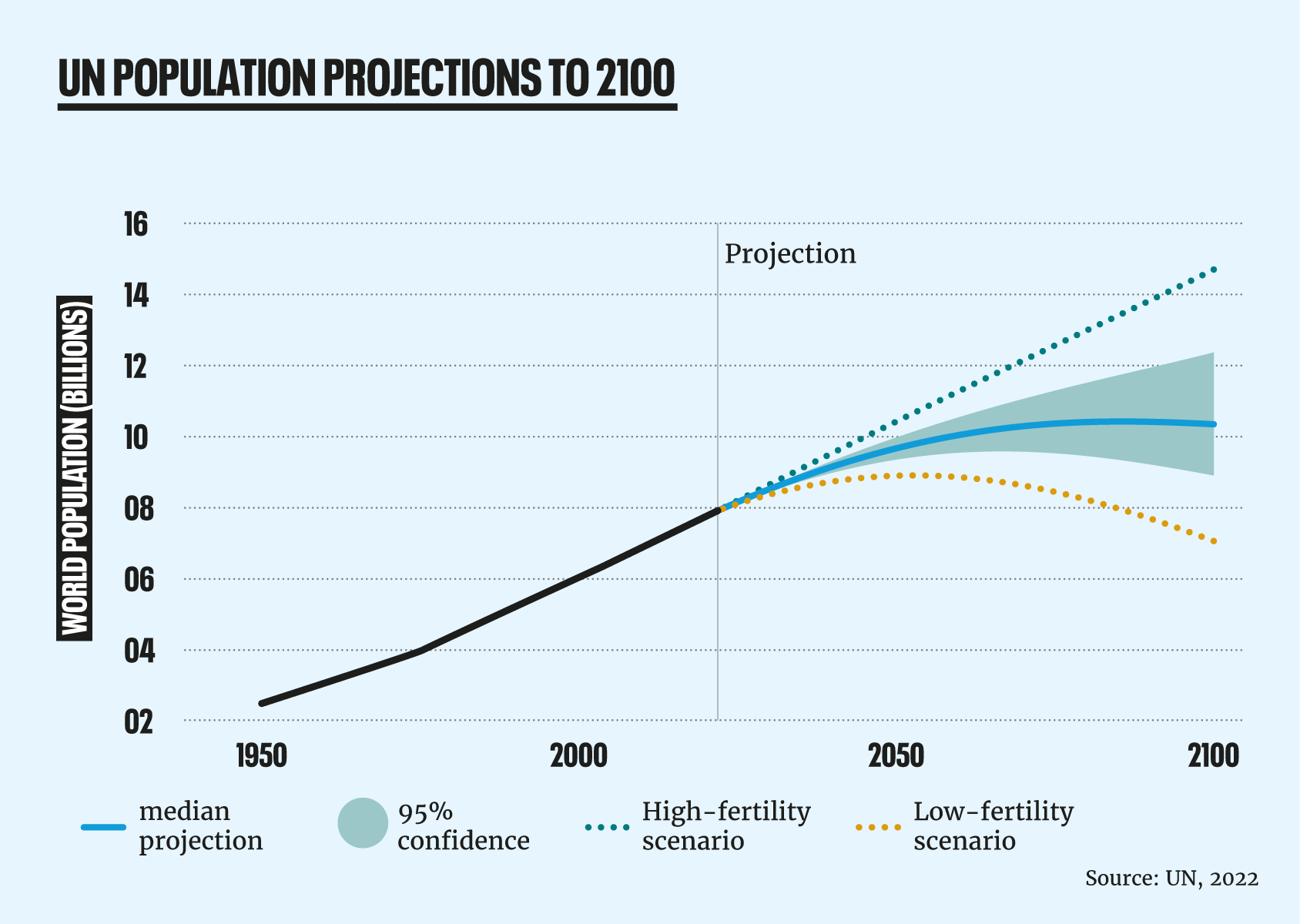Southeast Asian Solar Imports Face Steep US Tariffs: A 3,521% Duty Hike

Table of Contents
The 3,521% Tariff: A Deep Dive into the Investigation's Findings
The monumental tariff increase is the result of a US Department of Commerce investigation into alleged circumvention of existing anti-dumping and countervailing duties on solar cells and modules from China. The investigation focused on claims that companies in Cambodia, Malaysia, Thailand, and Vietnam were circumventing prior tariffs by importing components from China, assembling them, and then exporting the finished solar panels to the US market.
- Key Findings: The investigation concluded that these Southeast Asian manufacturers were actively engaged in circumventing existing tariffs, enabling them to undersell domestic and other foreign producers in the US market.
- Companies Affected: While specific company names were included in the investigation’s findings, the impact is widespread, affecting numerous manufacturers and importers across the four Southeast Asian nations.
- Timeline of Events: The investigation spanned several months, involving detailed analysis of trade data, company operations, and supply chains. The resulting tariffs were implemented swiftly following the conclusion of the investigation.
This circumvention issue highlights the complexity of global solar supply chains and the challenges in enforcing fair trade practices. The use of "anti-dumping duties" and "countervailing duties" demonstrates the aggressive measures employed to protect the domestic solar industry, but their impact on the broader clean energy landscape warrants careful scrutiny.
Economic Fallout: Impacts on the US Solar Industry and Consumers
The 3,521% tariff on Southeast Asian solar imports will undoubtedly lead to a significant rise in solar panel prices for US consumers and businesses. This price increase threatens to:
- Increase Solar Panel Prices: The immediate impact is a substantial increase in the cost of solar panels, making solar energy less affordable for homeowners, businesses, and large-scale solar projects.
- Delay Renewable Energy Projects: Many ongoing and planned solar projects will face cost overruns and potential delays, slowing the growth of the US renewable energy sector.
- Reduce Solar Industry Jobs: Increased costs could lead to project cancellations, impacting employment in the US solar installation and manufacturing industries.
- Lower Consumer Adoption: Higher prices will likely reduce consumer demand for solar energy systems, hindering the transition towards clean energy.
This economic fallout underscores the delicate balance between protecting domestic industries and ensuring access to affordable and sustainable energy solutions. The impact on “renewable energy costs” and the long-term goals of the "clean energy transition" are deeply concerning.
Geopolitical Ramifications: US-Southeast Asia Relations and Trade Tensions
The significant tariffs on Southeast Asian solar imports are likely to create friction in US-Southeast Asia trade relations. The affected countries may consider retaliatory measures, impacting other sectors of trade.
- Potential Trade Disputes: The tariff decision could escalate into broader trade disputes, impacting bilateral relations and potentially affecting other areas of economic cooperation.
- Diplomatic Responses: Southeast Asian nations are likely to lodge diplomatic protests and explore options to address the situation through international trade organizations.
- Global Solar Supply Chain Shifts: The tariffs could disrupt global solar supply chains, leading to increased reliance on other solar panel suppliers and potential price increases globally.
This situation highlights the complex interplay between trade policy, national interests, and global cooperation in the rapidly evolving solar energy market. The term "trade war" might be too strong, yet the potential for "geopolitical implications" is undeniable, particularly concerning “US-Southeast Asia trade”.
Alternative Solutions and Mitigation Strategies
Mitigating the negative impacts of these tariffs requires a multi-pronged approach:
- Government Incentives: Increased government incentives for domestic solar manufacturing could help boost production and reduce reliance on imports. This might include tax breaks, grants, or subsidies to spur domestic production.
- Domestic Solar Manufacturing Investment: Significant investment in domestic solar panel manufacturing capabilities is crucial to reducing dependence on foreign suppliers. This requires long-term commitment and strategic planning.
- Supply Chain Diversification: Exploring alternative sources of solar panels from other regions to diversify the supply chain and reduce reliance on Southeast Asia will lessen the impact of potential future trade disputes.
Effective “solar energy policy” is paramount to navigate this challenge successfully, supporting the growth of a sustainable and reliable US solar industry. This includes examining effective “government incentives” and fostering “domestic solar manufacturing”.
Conclusion: Navigating the Turbulent Waters of Southeast Asian Solar Imports and US Tariffs
The 3,521% tariff hike on Southeast Asian solar imports presents a significant challenge to the US solar industry and the broader clean energy transition. The economic fallout, including increased solar panel prices and potential project delays, is substantial. The geopolitical implications also cannot be ignored. This situation underscores the urgency of exploring alternative solutions, including boosting domestic solar manufacturing, diversifying supply chains, and implementing supportive government policies.
To ensure a sustainable and affordable clean energy future, it's crucial to stay informed about developments regarding Southeast Asian solar imports and US tariffs. Contact your representatives and support organizations working on clean energy policy to advocate for solutions that promote a healthy and competitive US solar market. The future of affordable solar energy depends on our proactive engagement with this critical issue.

Featured Posts
-
 Remembering Anna Neagle Exploring Her Enduring Presence In British Cinema
May 30, 2025
Remembering Anna Neagle Exploring Her Enduring Presence In British Cinema
May 30, 2025 -
 Exclusive Report Bts In Studio For New Summer Album
May 30, 2025
Exclusive Report Bts In Studio For New Summer Album
May 30, 2025 -
 Air Jordan Release Dates May 2025 The Complete Guide
May 30, 2025
Air Jordan Release Dates May 2025 The Complete Guide
May 30, 2025 -
 Are Strong Corporate Earnings Sustainable A Look At Future Projections
May 30, 2025
Are Strong Corporate Earnings Sustainable A Look At Future Projections
May 30, 2025 -
 8 Waaree Premier Energies
May 30, 2025
8 Waaree Premier Energies
May 30, 2025
